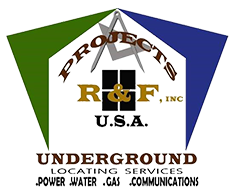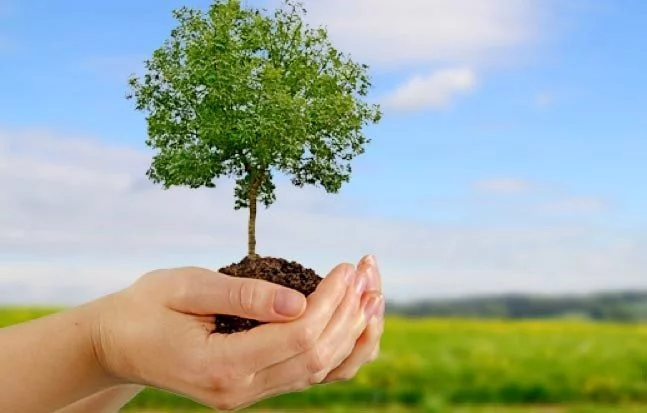There is nothing more reconforting how to return to the nature a small part of everything that offers us with generosity
1. THE PLACE – DAY – TIME
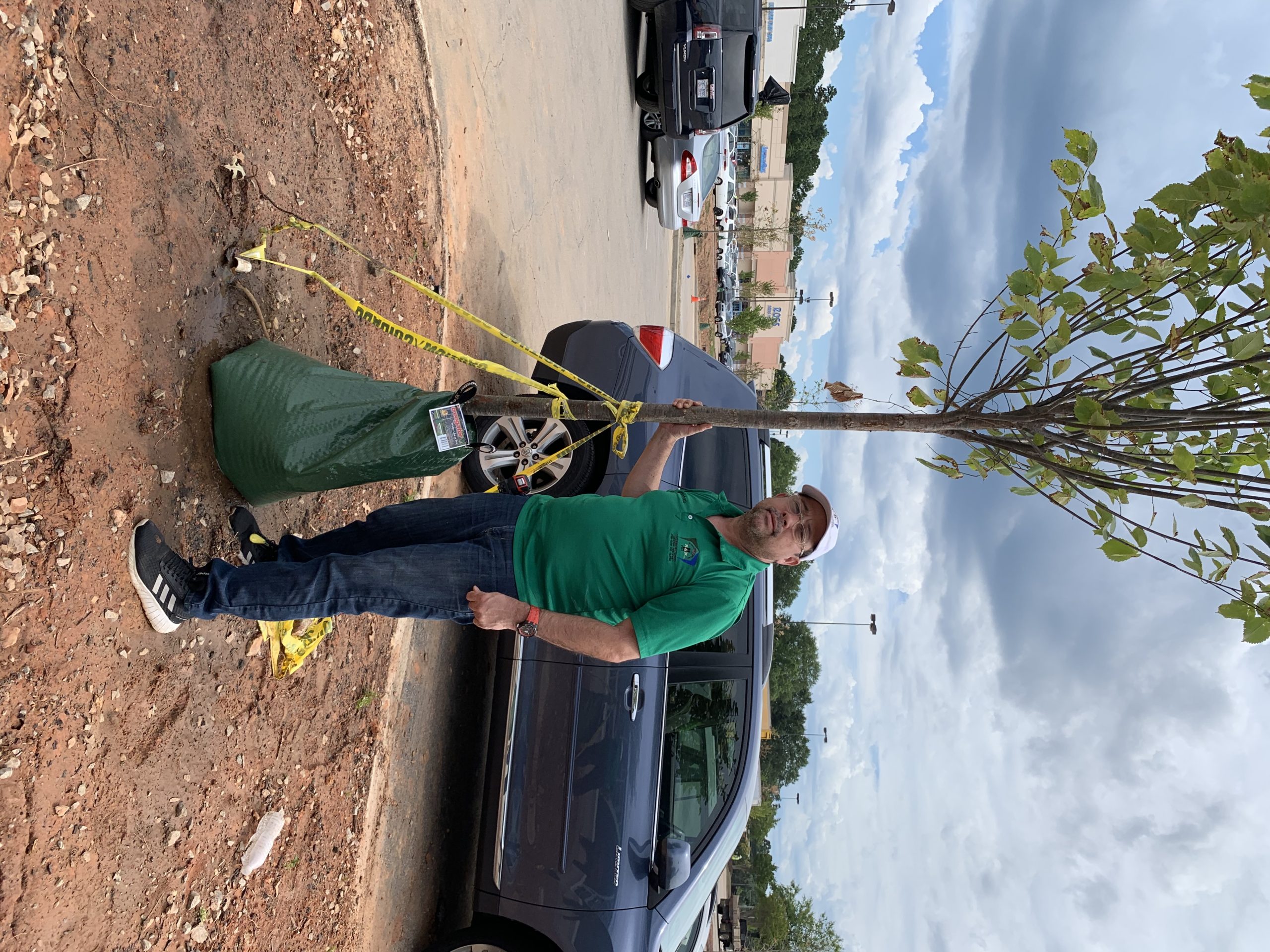
Place: Choose an area with bushes to plant nearby.
Day: Choose a mild day, without wind
Time: mid afternoon, so that the seedling has time to adapt to the new land before supporting the midday sun.
It is advisable to sow between growing moon and new moon those plants that grow and bear fruit on the earth, and between a waning room and new moon the plants that bear fruit underground. Seeds that take longer to germinate are sown in a waning room.
2. THE RIGHT HOLE
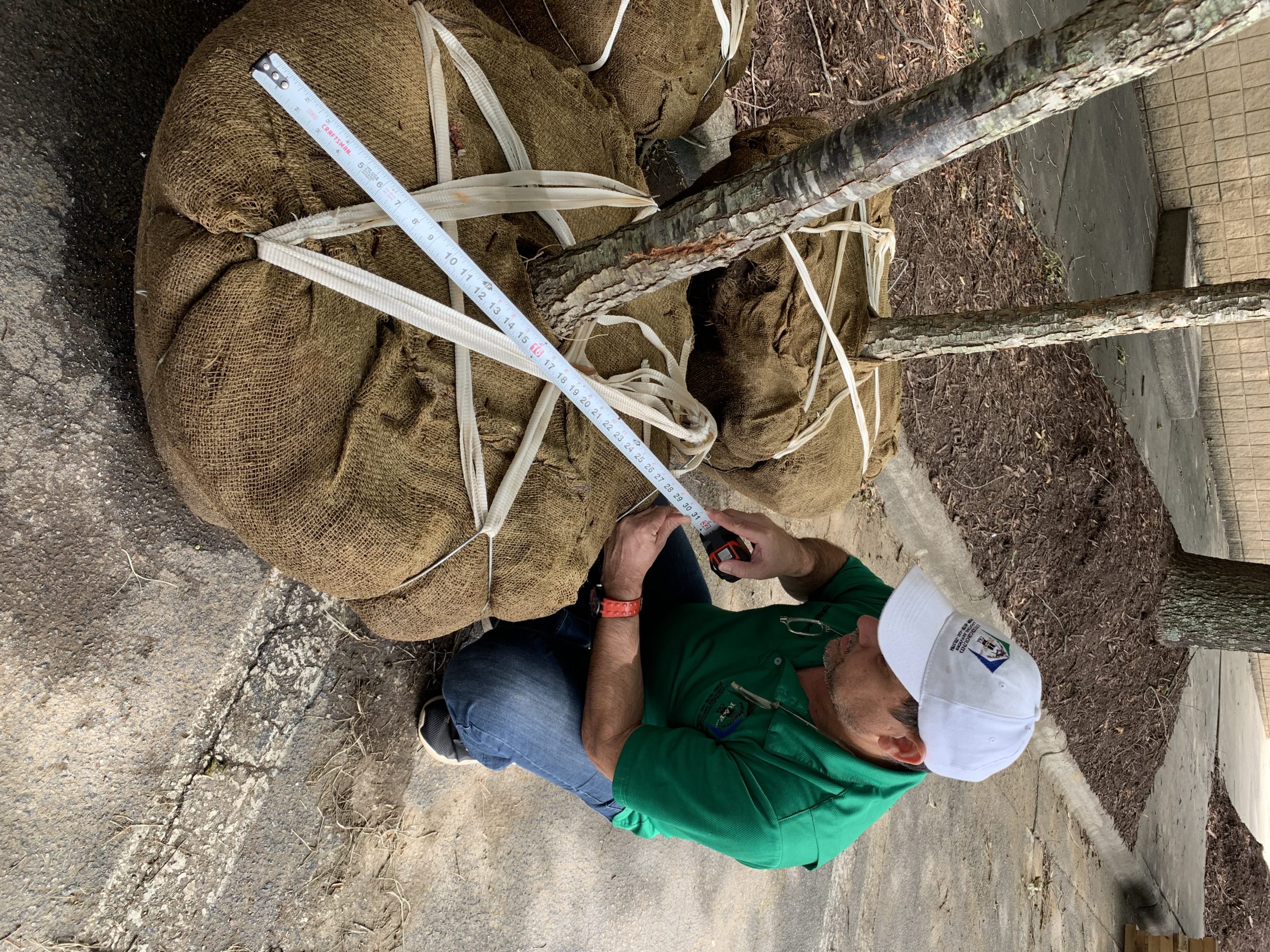
The size of the hole should be twice as wide and deep with respect to the tree. Example: If your tree is inside a bag 12 inches in diameter by 10 inches long, then you must dig a hole 24 inches wide by 20 inches deep.
It is important to perform an Underground Inspection of the area where the hole is going to be opened, to be sure that there is no interference service (water, Electricity, Communication), in that area. Contact us to perform this inspection.
3. THE PLANTING HEIGHT
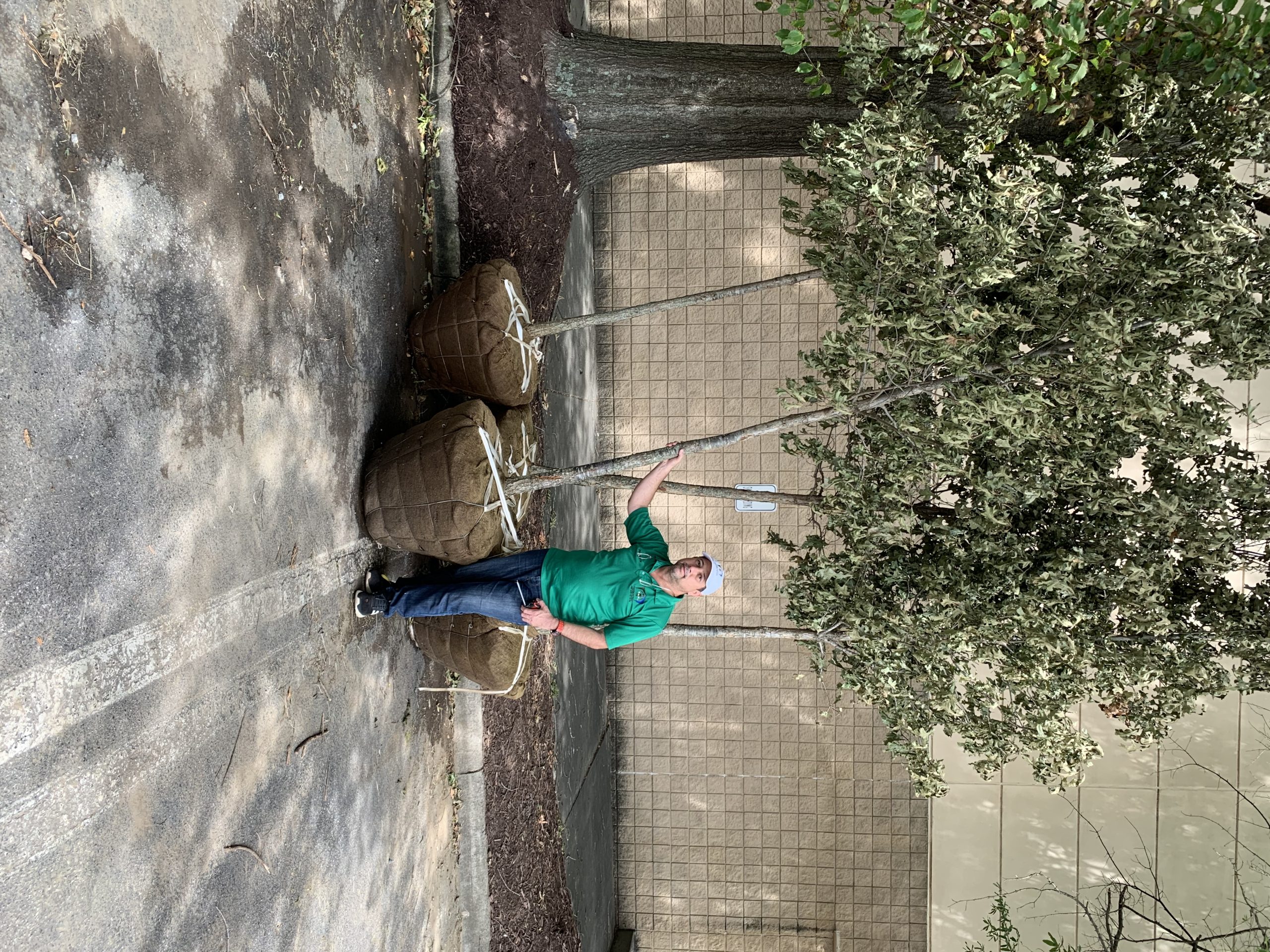
Planting height: it is vitally important not to bury the plant below its neck since if we do it could lead to death, or some important disorder in its development. The planting depth is given to us by the plant itself, or, if we have any doubts about it, we will not plant it deeper than the depth of the container in which the tree we are going to plant comes from. We can modify this height if we are too low by adding more drainage material.
4. PLACE IT IN THE HOLE
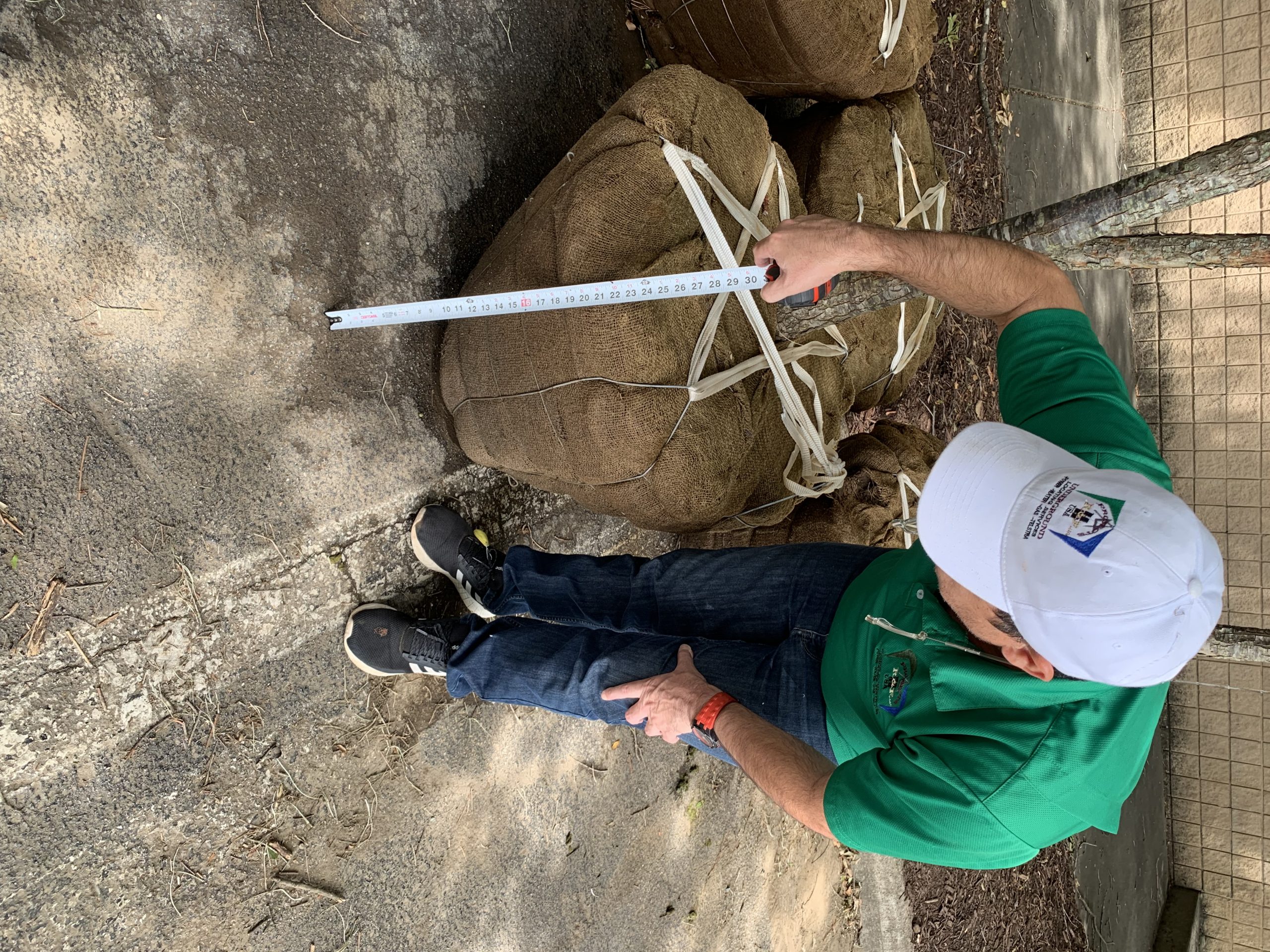
Wet the root ball well.
We must try to make the tree straight. 1, 2 or 3 stakes can be placed depending on the size of the tree and it is recommended to tie them with tape tightly.
5. FILL IN THE HOLLOW
With the tree located in the hole. It is necessary that the land that will be used to fill, be totally free of garbage or stones. If it has lump-shaped earth they must be broken. If we add fertilizer, it does not have to touch the root. Putting it on also has its little science: it is necessary to bury it to a span of the plant, and not exceed the amount.
6. COMPACT IT
Compaction: with the hands and then with the foot so that there are no air pockets left.
It is important not to compact the soil too much, we should not step on the surrounding land as if we were living in it, it is more important that the land is aerated.
7. AERATION
There are ventilation methods for the root system that consists of a geotextile lined aeration tube that surrounds the root ball of the plant and the ends come to the surface, in this way we ensure a continuous air flow that will favor said root generation.
8. IRRIGATION
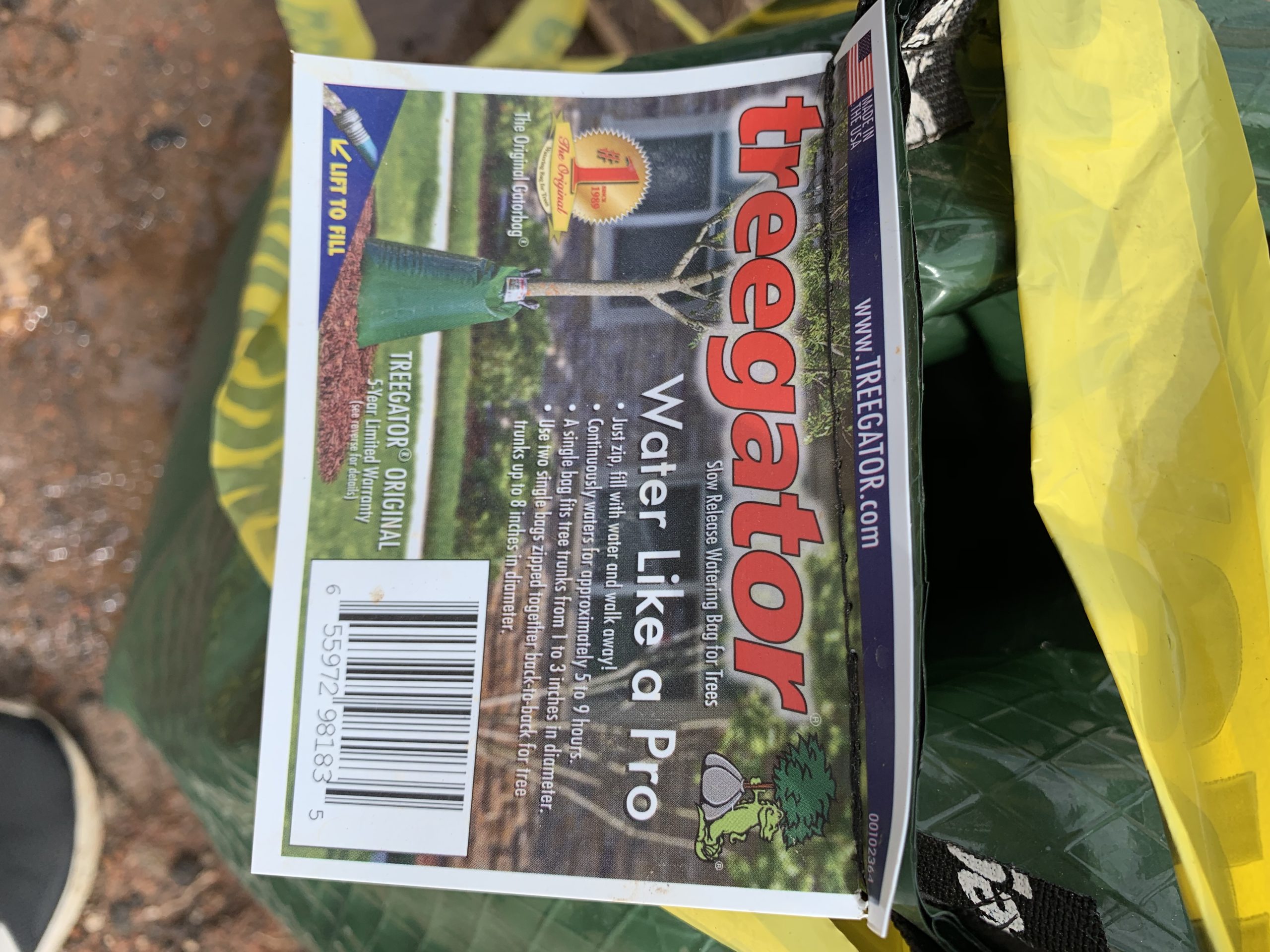
Trees slow-release irrigation bag
A controlled drip irrigation system guarantees the necessary moisture for tree feeding, at present there is a very practical and effective system:
Treegator® Original is a slow-release irrigation bag that is perfect for newly planted or established trees 1 to 8 inches in diameter from the trunk, with branches that begin at least 25 inches from the ground or more.
Treegator® slow-release irrigation bags supply water deep below the soil surface, which encourages strong root growth and helps reduce the effects of transplantation and drought shock.
